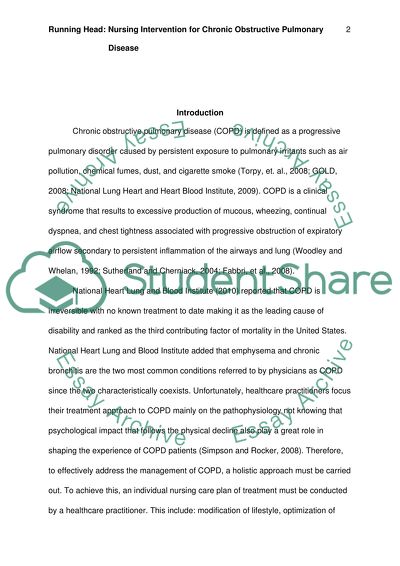Cite this document
(“Nursing Intervention for Congestive Pulmonary Disease (COPD) Research Paper”, n.d.)
Nursing Intervention for Congestive Pulmonary Disease (COPD) Research Paper. Retrieved from https://studentshare.org/health-sciences-medicine/1436685-nursing-intervention-for-congestive-pulmonary
Nursing Intervention for Congestive Pulmonary Disease (COPD) Research Paper. Retrieved from https://studentshare.org/health-sciences-medicine/1436685-nursing-intervention-for-congestive-pulmonary
(Nursing Intervention for Congestive Pulmonary Disease (COPD) Research Paper)
Nursing Intervention for Congestive Pulmonary Disease (COPD) Research Paper. https://studentshare.org/health-sciences-medicine/1436685-nursing-intervention-for-congestive-pulmonary.
Nursing Intervention for Congestive Pulmonary Disease (COPD) Research Paper. https://studentshare.org/health-sciences-medicine/1436685-nursing-intervention-for-congestive-pulmonary.
“Nursing Intervention for Congestive Pulmonary Disease (COPD) Research Paper”, n.d. https://studentshare.org/health-sciences-medicine/1436685-nursing-intervention-for-congestive-pulmonary.


